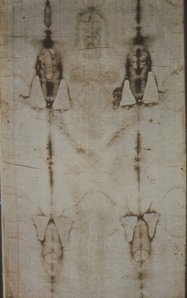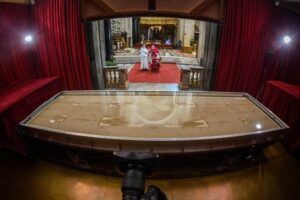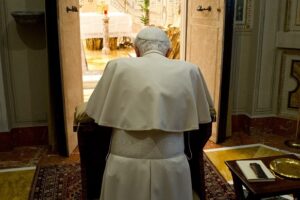Knights Templar saved Shroud of Turin: Historian
 The Knights Templar hid and secretly venerated The Holy Shroud of Turin for more than 100 years after the Crusades, Vatican researcher, Barbara Frale, has found, apparently solving the conundrum of the relic’s missing years.
The Knights Templar hid and secretly venerated The Holy Shroud of Turin for more than 100 years after the Crusades, Vatican researcher, Barbara Frale, has found, apparently solving the conundrum of the relic’s missing years.
The Knights Templar order, which was suppressed and disbanded for alleged heresy, took care of the linen cloth, which bears the image of a man with a beard, long hair and the wounds of crucifixion, Ms Frale said according to The Times Online.
Frale, a researcher in the Vatican Secret Archives, said the Shroud had disappeared in the sack of Constantinople in 1204 during the Fourth Crusade, and did not surface again until the middle of the fourteenth century. Writing in L’Osservatore Romano, the Vatican newspaper, Dr Frale said its fate in those years had always puzzled historians.
However her study of the trial of the Knights Templar had brought to light a document in which Arnaut Sabbatier, a young Frenchman who entered the order in 1287, testified that as part of his initiation he was taken to «a secret place to which only the brothers of the Temple had access.» There he was shown «a long linen cloth on which was impressed the figure of a man» and instructed to venerate the image by kissing its feet three times.
Dr Frale said that among other alleged offences such as sodomy, the Knights Templar had been accused of worshipping idols, in particular a «bearded figure». In reality however the object they had secretly venerated was the Shroud.
They had rescued it to ensure that it did not fall into the hands of heretical groups such as the Cathars, who claimed that Christ did not have a true human body, only the appearance of a man, and could therefore not have died on the Cross and been resurrected. She said her discovery vindicated a theory first put forward by the British historian Ian Wilson in 1978.




















